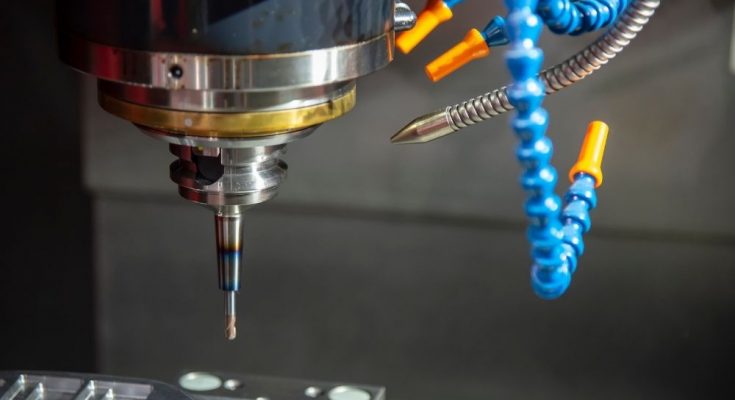A lot goes into designing high-quality plastic parts. You need to consider a part’s purpose, how it will fit with other components, the loads it needs to bear, and many other factors. Read on to learn the basics of injection molding part design, from the process to the execution.
The Process
Before you can hope to design a flawless part, you need to understand the process that it goes through to come into existence. This will teach you where flaws can come from and help you better understand how to avoid them.
To simplify the process, you need to understand the terms “injection” and “molding.” Injection refers to the granular pieces of plastic that get melted down and injected into your mold. After the plastic fills the mold, it cools and hardens to create your part. Molding describes how the melted plastic flows into a negative mold of your final component.
There are many injection molding terms to keep in mind, so consider brushing up on the most important words.
Gate Design Options
You must plan for a gate. This is a section of your part with a hole for the molten plastic to flow through. The two main types of gates are manually trimmed and automatically trimmed gates.
A manually trimmed gate requires an operator to separate the parts physically after every injection molding cycle. This is preferable if the gate is too large to shear automatically or if your component uses a shear-sensitive material like PVC.
A machine breaks or shears automatically trimmed gates when the tool ejects your part. This helps keep a consistent cycle time for your parts and minimizes gate scarring on your finished product.
Wall Thickness
In addition to choosing which type of gate trimming you’ll use, you can also determine wall thickness. Finding the right thickness can optimize your production speed and production costs. There aren’t specific wall thickness restrictions, but your goal is to design the thinnest possible walls without interfering with the part’s intended application. Talk to injection molding experts to learn how thin your part’s walls can be.
Now that you understand the basics of injection molding part design, you can fabricate pieces that will do exactly what you want and last a long time.



